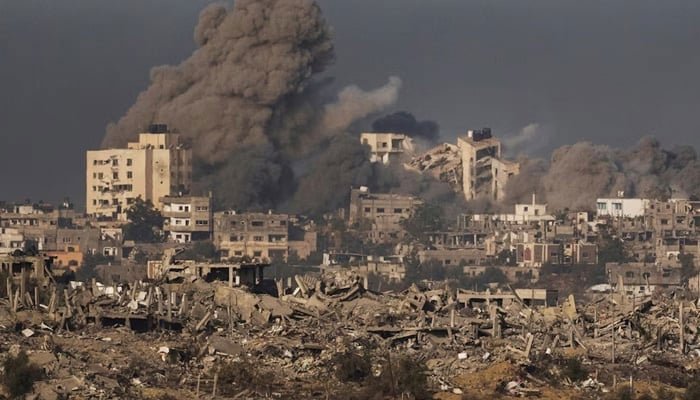In a significant shift in tone and policy, U.S. President Donald Trump expressed strong disappointment with Russian President Vladimir Putin during a press appearance alongside NATO Secretary General Mark Rutte at the White House. Speaking from the Oval Office, Trump announced a major increase in military support for Ukraine and issued a warning to Russia over continued aggression.
Trump confirmed that billions of dollars in advanced U.S. weapons will be delivered to Ukraine to strengthen its defense against Russian attacks. “We’re going to make top-of-the-line weapons, and they’ll be sent to NATO,” Trump stated, adding that NATO allies will finance the initiative. Among the key equipment being provided are Patriot air defense missile systems, which Ukraine has been urgently requesting to defend its cities from ongoing Russian airstrikes.
These will include full batteries, Trump noted. Some of the countries that already have Patriots will swap them out, and the new U.S. Patriots will replace them. Some will arrive within days.
Patriot Battery Deal Could Be Fast-Tracked
According to Trump, up to 17 Patriot batteries—originally ordered by other countries—may be rerouted to Ukraine on an expedited basis. This move is expected to significantly bolster Ukraine’s ability to intercept aerial threats, particularly the increasing number of drone and missile attacks launched by Russia in recent weeks.
The decision marks one of the most assertive military aid packages delivered since the beginning of the war and indicates a hardening of Trump’s stance following a failed diplomatic push for a ceasefire.
Secondary Sanctions and 100% Tariffs on the Table
In addition to military support, Trump announced a potential game-changer in the West’s economic strategy: secondary sanctions and 100% tariffs on Russian goods. These measures, if implemented, would not only impact Russia directly but also target countries that continue to buy Russian oil, such as China and India.
We’re going to be doing secondary tariffs,Trump said. If we don’t have a deal in 50 days, it’s very simple—they’ll be at 100%.
A White House official clarified that this refers to both tariffs on Russian imports and sanctions targeting third-party nations helping Russia sustain its economy through oil trade.
Investors in Russia React to 50-Day Grace Period
Despite the tough rhetoric, markets in Russia bounced back following Trump’s announcement of a 50-day grace period before the new measures take effect. Analysts believe that this window offers the Kremlin a chance to re-enter peace negotiations and potentially avoid harsher penalties.
“Trump gave the Russian leadership a negotiation track with breathing room,” said Artyom Nikolayev of Invest Era. “He tends to extend deadlines, so there’s hope for diplomacy.”
Trump Frustrated With Putin’s Peace Talks ‘Games’
Trump, who returned to office this year on promises to end the Ukraine war quickly, appeared increasingly frustrated with Putin’s actions. Despite multiple discussions and several attempts at brokering a peace agreement, he accused the Russian leader of sabotaging talks by continuing attacks on Ukraine.
We actually had probably four times a deal,Trump revealed. And then bombs would go off that night, and the deal would collapse.
He described Putin as playing with fire and warned that further provocations would not go unanswered. Trump also admitted that he has spoken with Putin several times since taking office but that no deal for a ceasefire has yet been accepted.
Zelenskiy Responds With Action and Cabinet Shakeup
On the Ukrainian side, President Volodymyr Zelenskiy held a strategic meeting with Trump’s envoy, Keith Kellogg, where they discussed efforts to strengthen Ukraine’s air defense, co-produce weapons with European allies, and map a clear path to peace.
Shortly after the meeting, an air-raid alert was issued in Kyiv, underscoring the urgency of bolstering defensive systems. Zelenskiy also announced a major reshuffle in his cabinet, replacing longtime Prime Minister Denys Shmyhal with his deputy Yulia Svyrydenko, an economist with a strong track record in U.S.-Ukraine economic cooperation, particularly in critical minerals deals.
War Continues, Russia Holds Its Ground
Despite diplomatic efforts, Russia shows no signs of backing down from its core war objectives. The country, which launched its full-scale invasion in February 2022, currently occupies about 20% of Ukrainian territory and continues to advance slowly in the eastern regions.
With the conflict entering its fourth year, and as the international community watches closely, Trump’s policy shift may mark a turning point in the West’s handling of the war—one that could push both Moscow and its allies into a new phase of confrontation or negotiation.



